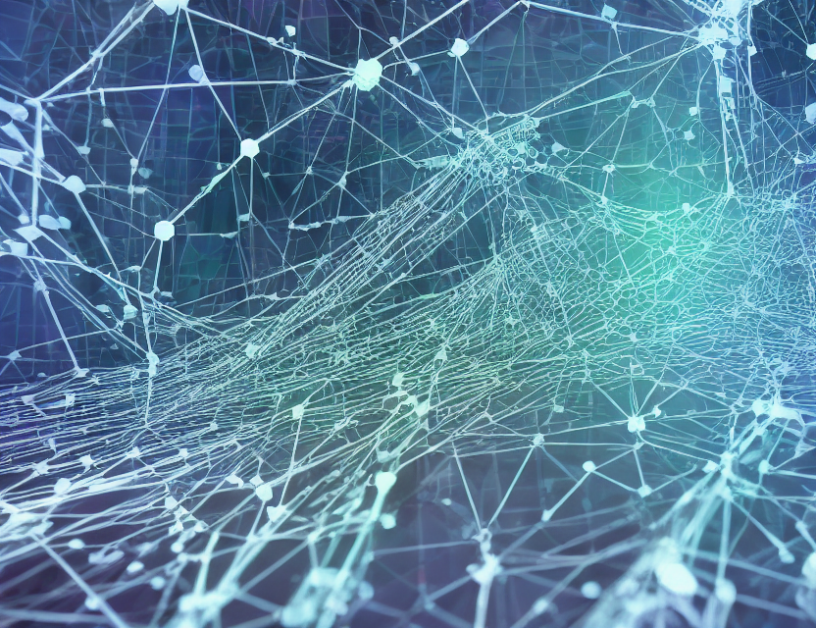Deep learning has revolutionized the field of artificial intelligence, enabling computers to learn and improve on their own by analyzing vast amounts of data. One key component of deep learning is convolutional neural networks (CNNs), which are used for image recognition tasks. However, these complex models can be difficult to understand and interpret, making it challenging to identify why they make certain predictions. In this article, we will delve into the inner workings of CNNs and explore ways to demystify them by visualizing their behavior.
Visualizing CNNs
One way to gain insight into how CNNs operate is by using visualization techniques. By visualizing the layers of a CNN, we can see how the network processes images and understand how different layers contribute to the final prediction. Visualizations can help identify patterns in the data that the network is learning and provide a better understanding of how the layers interact.
Another approach to visualizing CNNs is by using techniques such as singular value decomposition (SVD) and canonical correlation analysis (CCA). These methods can help analyze the similarity between different layers of a CNN, providing valuable insights into how the network behaves. By comparing the outputs of different layers from two different models, we can determine the similarity between them and gain a better understanding of how the layers contribute to the final prediction.
Understanding Layer Behavior
CNNs are composed of multiple layers, each with its unique function. Understanding how these layers work together is crucial for grasping the inner workings of CNNs. One way to analyze layer behavior is by looking at the activations of individual neurons within a layer. By visualizing these activations, we can see how each neuron responds to different input features and understand how they contribute to the final prediction.
Another approach is by analyzing the weights of a layer, which determine how much each neuron contributes to the final output. By visualizing these weights, we can see how the network learns to recognize patterns in the data and how it generalizes to new inputs.
Interpreting CNNs
CNNs are often considered black boxes because their complexity makes it difficult to understand why they make certain predictions. However, by using techniques such as visualization and layer-by-layer analysis, we can gain a better understanding of how these networks work. Interpretability is crucial for building trust in deep learning models and for improving their performance.
Conclusion
In conclusion, CNNs are powerful tools for image recognition tasks, but their complexity can make them challenging to interpret. By using visualization techniques and analyzing the similarity between layers, we can gain a better understanding of how these networks work. As deep learning continues to evolve, it is essential to develop methods that provide greater interpretability into these complex models. By doing so, we can build more trustworthy and accurate models that can be used in a variety of applications.



